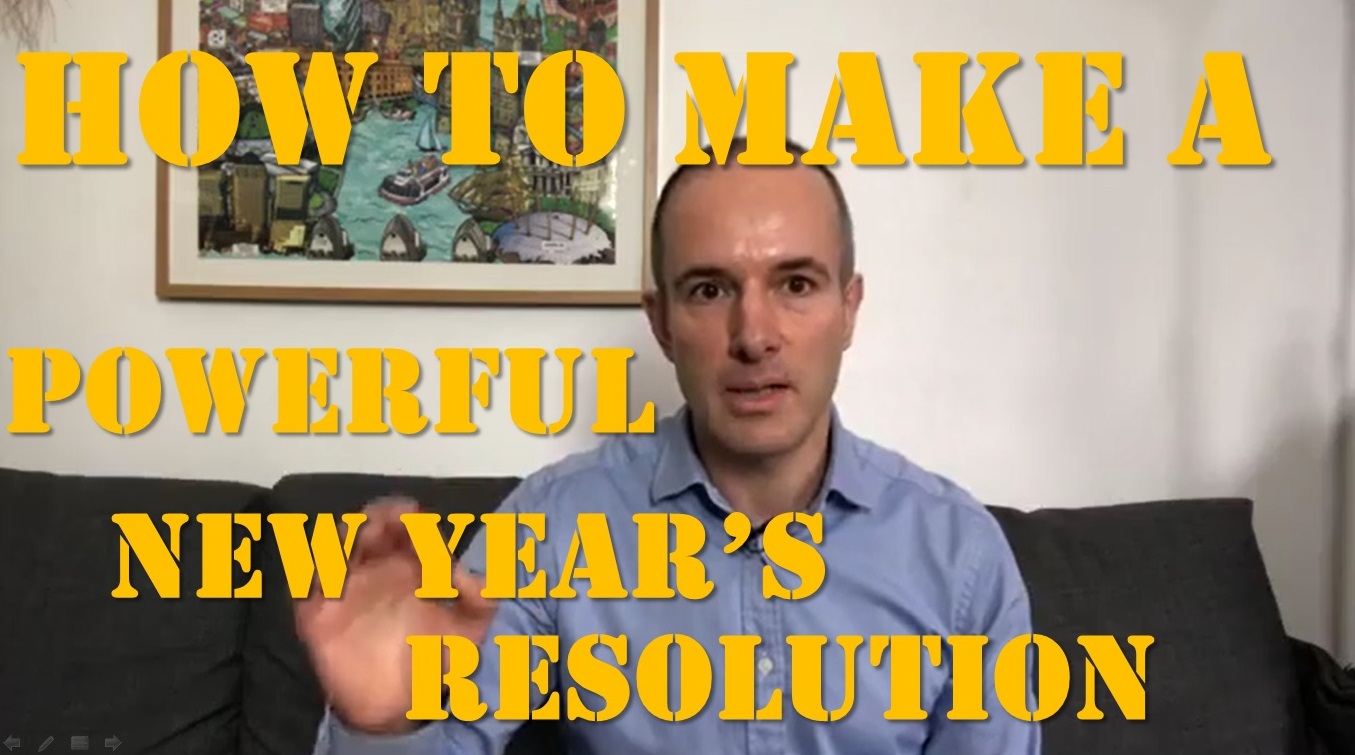
I wash my hands of the matter
20th October 2017
How to make a powerful New Year’s Resolution?
1st January 2018Here you can read about the declaration and the points it entails. I am going to explain each and every point for you to understand its significance, so what it means for you if those points cannot be met by your future practitioner.
So the process is that prior your procedure as part of the initial consultation you respectfully ask your practitioner to sign this declaration for you. If there are any points that the practitioner cannot or don’t wish to fulfil, it should be discussed with you along the question: what consequences it might have regarding your health and safety.
- I am adequately trained to perform the proposed treatments which are …..dermal fillers and/or anti-wrinkle injections………. in a safe and effective manner.
This point is about training and experience. At this point, it is very difficult to set an objective standard what ‘adequate training’ really means, since there is no statutory regulation. Level 7 qualification is coming soon as a voluntary requirement, so you can ask for that as a standard of training. - I undertake Continuous Professional Development (CPD) in regards to the above procedures.
For example, I am a member of the British College of Aesthetic Medicine where I undergo yearly appraisals where I must complete 50 hours of CPD as a minimum a year and a part of this should be related to facial aesthetics. - I confirm that I have in place appropriate cover in relation to my professional indemnity or insurance which is appropriate to the nature and extent of the risks of my scope of practice.
This is an important point because it might be the only condition that protects a patient. Since there is no statutory regulation regarding who can perform filler treatments, the only hurdle for a ‘cowboy’ could be that if they are refused by insurance companies. Of course, it doesn’t mean that they don’t treat without professional indemnity. - I am aware of the difference between ‘chasing lines’ and a 3 dimensional, indirect approach such as 8 point facelift MD codes or similar regarding dermal filler treatments.
This is a soft point and it is more about quality than safety. It is about the difference of filling up lines vs. using a more systematic, 3D indirect approach when the improvement of certain areas are achieved by treating other areas of the face. For example, the patient is concerned about her nasolabial or marionette lines, and instead of putting fillers in these lines directly, we achieve an overall improvement by addressing the cheeks and jawline, which indirectly improves the lines as well by lifting the face. - I am aware of the possible complications of the above procedures, and I am trained and prepared to deliver appropriate complication management if it should become necessary.
Botox and dermal filler treatments are safe in good hands and thousands of these procedures are performed daily over the globe without any complications, but complications can happen and the practitioner should be prepared to manage those. - I have up to date CPR (Cardiopulmonary resuscitation) training.
It is part of my CPD that every year I renew my certification on how to provide effective cardiopulmonary resuscitation in first aid situation if necessary. - I have suitable emergency equipment and medication in my office, ready to use and within expiry date.
Although very rare, we need to be prepared for allergic reactions, like anaphylaxis or vascular complications to fillers; equipment and medication should be ready to use. - I use only original, FDA approved products within their expiry date for the treatment of this patient.
The Food and Drug Administration in the US approves products only based on good quality controlled studies assessing the safety and efficacy. In contrast, the European CE mark is the same for fillers and ball pens and toothbrushes. Obviously, FDA approved fillers are more expensive than the CE marked ones. Personally, I wouldn’t like to have a cheap, uncontrolled filler in my face even if I need to pay less for the treatment. - I store my products according to the recommendations of the manufacturer.
Certain anti-wrinkle vials should be stored in a refrigerator for example. - I plan the treatment based on an individual analysis of the patient’s face (or treatment area) by taking in to account the patient’s concerns and my professional considerations.
Every treatment should be individualized based on the patient’s concerns and remarks, also on the careful assessment by the practitioner. Then the treatment plan should be discussed with the patient and if there is a mutual agreement we can proceed. - My patient undergoes a proper consent procedure which entails the verbal discussion of the benefits, potential side effects and complications, alternative treatments, and the option when there is no treatment at all, furthermore discussing all material facts which might be important for the patient. My patient signs a consent form as part of the informed consent process.
The consent process is a very important part of every medical procedure where every aspect of the treatment should be discussed with the patient and documented so that the patient signs a consent form.
A material fact is an information that is sufficiently significant for the patient to influence a decision: for example, if there is a social event or important meeting booked for the next day, I don’t do a lip treatment, because it swells up for two days and looks obvious. - My patient fills in a detailed and relevant medical history form and I assess whether there are any circumstances which might be a contraindication for the proposed treatment(s).
Thorough medical history and its analysis are important. All previous treatments and medical conditions should be discussed, along with allergies, medication, and so on. For example, egg allergy excludes an anti-wrinkle treatment because of the cross-reaction with the human albumin in it. Also, cold sores deserve special attention when treating the lips with fillers and cod liver oil makes the blood thinner, so should be stopped a week prior any procedure. - I have adequate measures set up to protect and store my patient data safely and according to law.
General Data Protection Regulation (GDPR) is coming next year so the safe storage and management of patient data become a more and more important issue. - I do clean the treatment area and its surroundings with appropriate skin disinfectant agent (such as Chlorhexidine or similar) multiple times before the treatment and during when needed.
Antisepsis during procedures has paramount significance to prevent any complication such as infections, foreign body reactions or biofilm formation. For this reason, the hair should be tied back or covered, the makeup removed, the skin should be cleaned properly multiple times prior and during the procedure. - I deliver my treatments from a sterile surface (ie. sterile dressing pack).
It is part of infection control measures that a treatment should be delivered from a sterile surface, such as a sterile dressing pack. - I do not touch my needles/cannulas on any non-sterile surface (ie. gloves or hair) during the procedure. If it accidentally happens I stop the procedure immediately and swap the needle/cannula to a new one.
Unfortunately, this is a very common breach of patient safety that I see on training courses and conferences. We need to maintain the sterility of our needles and cannulas during the whole procedure, so if we touch it accidentally to hair, to our gloves or gauze that we have used before, we need to stop the procedure immediately and swap to a new sterile needle or cannula. - I do perform proper aspiration (bubble is visible and holding for 3 sec or more) during filler treatments when I use a needle or cannula (smaller than 25G) and I inject below the subcutaneous fat layer. In case of positive aspiration, I dispose the filler and open up a new one. Pricing to be discussed with the patient.
Maybe this is the most important point among all. The worst possible complication of dermal fillers is the vascular complication when the filler is accidentally injected into blood vessels. The gel clogs the tiny end arteries and causes the necrosis of skin or in worst case scenario, blindness.
Although thousands of filler treatments are being done each day without a problem, we know about 28 cases of blindness caused by hyaluronic acid fillers so far. For this reason, sound knowledge of anatomy, safe technique and aspiration, so pulling back the plunger before injecting is paramount. This way we can physically check whether the needle is in a vessel or not. If the aspiration is positive, so blood is coming back to the syringe it should be discarded. - I inject fillers slowly and no more than 0.3ml in one bolus (except temples).
This point tightly belongs to the previous one: slow injection and small amounts are part of a safe technique. - I do not inject through my markings or infected skin. …and this final point belongs to the infection control section, that is not injecting through anything, but the clean and intact skin.If you have any questions in this regard, just drop me a line.Dr Bela




